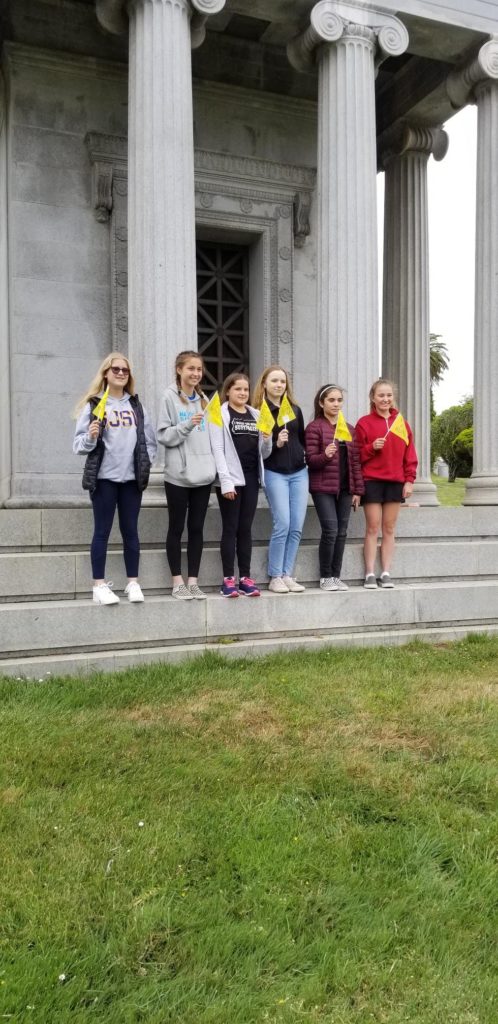2020 is the centennial of the passage of the Nineteenth Amendment to the U.S. Constitution that granted voting rights to women.
“Suffragists” is not a misspelling. People are more likely to use the word “suffragettes” for those women (and men) who were advocates of female voting.
The battle for woman’s suffrage was in full force in both Britain and the United States in the early 1900s. Reporters took sides, and in 1906, a British reporter used the word “suffragette” to mock those fighting for women’s right to vote. The suffix “-ette” is used to refer to something small or diminutive, and the reporter used it to minimize the work of British suffragists.
Many women in Britain embraced the term suffragette as a way of reclaiming it from its original derogatory use. In the United States, however, the term suffragette was seen as offensive and rejected by the suffrage movement. Instead, it was wielded by anti-suffragists in their fight to deny women in America the right to vote. The opposition to women’s right in general could be ferocious and personal, as this cartoon illustrates.
“Looking Backward,” published in Life Magazine, 1912
Here are some of the prominent suffragists at rest at Cypress Lawn
Phoebe Apperson Hearst, philanthropist and mother of William Randolph Hearst became a member of the national advisory council of Congressional Union for Woman Suffrage and vice chairman of the National Woman’s Party.
Young members of the Women’s Suffragist Project posing in front of the Hearst Mausoleum
Elizabeth Haywood Ashe
A member of the College Suffrage League in San Francisco and head nurse of the Children’s Bureau of the Red Cross during World War I.
Dr. Emma Sutro Merritt
The daughter of California governor Adolph Sutro, who earned her medical degree at the University of San Francisco, frequently hosted local suffragist meetings.
Kate Kennedy
The teacher pioneered equal pay for women educators in California and was instrumental in establishing the tenure system.
Belle Judith Miller
Executive Secretary of the Northern California College Equal Suffrage League. She also actively advocated for conservation in California and the U.S.
Eliza Douglas Keith
The Principal of the Sherman School was a journalist and member of the California Equal Suffrage Association who wrote extensively promoting the cause of women’s suffrage.
Myra Virginia Simmons
The Chair of the Women’s Civic and Progressive league in Oakland and President of the Colored American Equal Suffrage League was an prolific speaker advocating for the passage of California’s suffrage amendment.
Dr. Elizabeth E. Richardson
The Redwood City orthodontist became an active speaker for the suffrage cause during the 1911 California campaign.
Fannie Jean Lyne Black
President of the California Club. She and her husband, who served as District Attorney of San Francisco, were vocal supporters of woman’s suffrage.
Mary Teresa Gamage
President of the San Francisco Equal Suffrage League.
May Benton Treat Morrison
The graduate of University of California and University of Zurich was a Director of the College Equal Suffrage League as well as President of the San Francisco Children’s Hospital and a trustee of the California Academy of Sciences in San Francisco and Mills College in Oakland. A contribution from her family estate funded the Morrison Planetarium.
The CA 2020 Women’s Suffrage Project supports the 2020 Suffrage Centennial education projects and Centennial celebrations throughout the state of California in 2020. Visit its website https://cawomenssuffrageproject.org/







